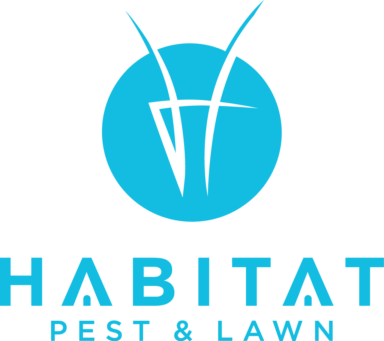Discovering a wasp nest near your home can be alarming. Wasps can be aggressive, particularly if they feel their nest is threatened, posing risks to you and your family. Here’s a comprehensive guide on how to safely handle the situation when you encounter a wasp nest close to your dwelling.
Step 1: Stay Calm and Assess the Situation
The first step is to remain calm. Panicking can attract the wasps and provoke them into defending their nest. Quietly move away from the area and keep children and pets at a safe distance. Assess the size of the nest and the activity level of the wasps. Smaller, less active nests are less dangerous but still require careful handling.
Step 2: Do Not Disturb the Nest
Avoid disturbing the nest at all costs. Wasps are more likely to become aggressive if they perceive a threat to their home. Do not attempt to hit or spray the nest with water or knock it down. This can provoke an attack from the colony, leading to multiple stings, which can be particularly dangerous for allergic individuals.
Step 3: Identify the Type of Wasp
Identifying the type of wasp can help in determining the best course of action. Paper wasps, for instance, tend to be less aggressive than yellow jackets or hornets and might not need immediate removal if they are not in a high-traffic area. However, a professional can give the best advice on handling different species.
Step 4: Decide on DIY or Professional Removal
- DIY Removal: For smaller nests or if the nest is in an early stage of development (typically seen in spring), you might consider removing it yourself if it’s safe to do so. Always wear protective clothing, including long sleeves, pants, gloves, and a face mask or hood. Removal should be done during dusk or dawn when wasps are less active. Use a proper insecticidal spray designed for wasps, and apply it directly to the nest, following the manufacturer’s instructions carefully.
- Professional Removal: If the nest is large or located in a difficult or high-traffic area, it’s safer to contact a pest control professional. Professionals have the right equipment and experience to remove wasp nests safely and effectively, reducing the risk of stings. This is particularly important for nests of aggressive species like yellow jackets or hornets.
Step 5: Prevent Future Nests
After the nest has been dealt with, take preventive measures to discourage wasps from returning:
- Seal off entry points such as cracks around windows, doors, and rooflines.
- Keep food covered during outdoor events and secure trash bins with tight-fitting lids.
- Remove potential food sources from your yard, including fallen fruit and pet food.
- Consider using decoy wasp nests; wasps are territorial and may not build a new nest near an existing one.
Step 6: Monitor the Area
Keep an eye on the area where the nest was located for signs of new wasp activity. It’s not uncommon for wasps to rebuild in the same area if it’s still attractive to them. Regular monitoring can help catch new nests early before they become a significant problem.
Handling a wasp nest near your home requires caution and sometimes the intervention of professionals, especially when dealing with larger or more aggressive colonies. By following these steps, you can manage the situation safely and minimize the risk of stings, keeping your outdoor spaces safe and enjoyable.

